Judaica Spans Centuries, Continents
Elihu Siegman and Nancy Sokolove appreciate the craftsmanship and history of beloved family treasures and enjoy sharing their stories with others.
Chana Shapiro is an educator, writer, editor and illustrator whose work has appeared in journals, newspapers and magazines. She is a regular contributor to the AJT.
Nancy Sokolove and Elihu Siegman live in a welcoming contemporary house in a verdant setting in DeKalb County. The focal point of the home’s living and dining area is a 20-foot wall where their museum-worthy collection of Judaica is dramatically displayed. The wall showcases a comprehensive selection of valuable objects, and, while enjoying the beauty and workmanship of the collection, visitors may be treated to a “docent” tour by Sokolove and Siegman.
The ceremonial, utilitarian and decorative items span centuries and were made and used in Jewish communities from many countries. Some of the objects were once part of Jewish homes, while others were reserved for specific sites and ceremonies.
Siegman and Sokolove designed the custom-made wall, which has rotating shelves and was built by a carpenter in Asheville, N.C.
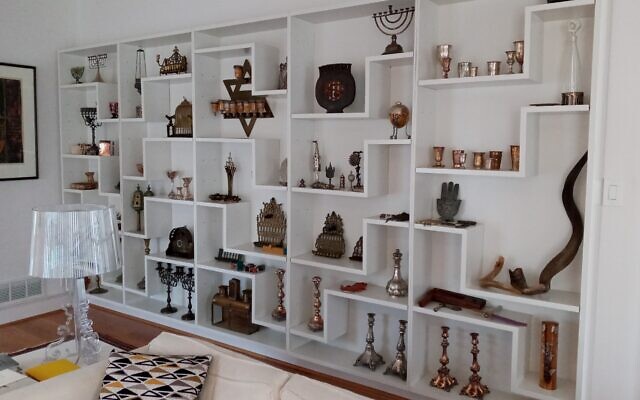
Sokolove and Siegman are happy to answer questions and offer entertaining and educational background information about each piece. While every item is historically significant, most of the pieces have a personal family connection.
Sokolove explains, “The majority of our collection of Judaica was passed along to us by Elihu’s parents, Aron Siegman, a scholarly rabbi who was a research psychologist and professor, and his wife, Sarah Malina Siegman, a prolific painter, Jewish educator and mentor. Aron was a refugee, whose family fled through much of Western Europe during the Second World War. Sarah was born and raised in Montreal, Canada. Between them, they were fluent in six languages.”
Siegman speaks personally. “For us, the value of our collection isn’t monetary, but what it represents, and we love to show it to visitors. We always learn from their questions, and our children are reminded to take a closer look. To us, the collection’s great worth is pedagogical, as well as aesthetic, bringing Jewish history, tradition, practice and craftsmanship to life. It’s a tangible record of the creative expression of Jewish ritual and practice, both in Israel and in every culture Jews encountered throughout the diaspora.”
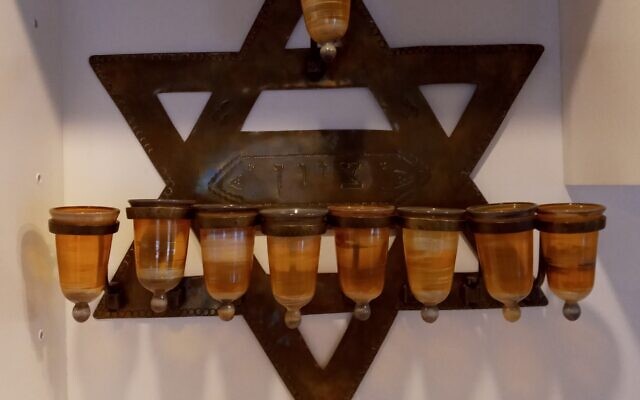
Siegman’s parents lived in Baltimore and Israel. They were prolific collectors of art and Judaica, and they regularly explored flea markets and antique shops, as well as collecting throughout Europe, Northern Africa and the Middle East. They both came from strong, modern Orthodox families and for them, the concept of l’dor v’dor (from generation to generation) was unwavering. They were deeply involved in Jewish education, which was a primary focus for their children and grandchildren.
Sokolove adds, “Aron and Sarah appreciated all types of secular culture, including visual art, films and music. Scouting for Judaica in unlikely places (as well as the more likely places) was a shared activity they loved. And knowing that these pieces were not lost, that the items were back in Jewish hands and passed onto future generations to live with and learn from and be proud of, was a major motivating factor. What we own represents about a third of Elihu’s parents’ total collection. We continued building the collection to a small degree, primarily with modern and contemporary items from artist David Moss, Jose Fumero, and others, with the intention of continuing the family legacy.”
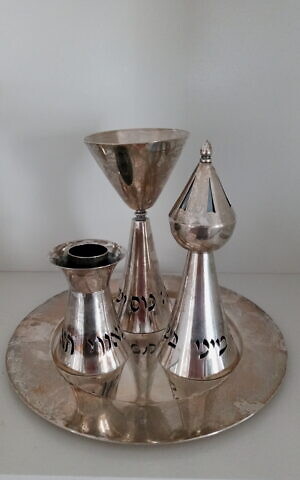
Sokolove, a Philadelphia native, is a graduate of the Pennsylvania Academy of the Fine Arts and the University of Pennsylvania. She was an exhibiting artist who became an art educator and curator and is now an art consultant for May Architecture.
Siegman, owner of Siegman Associates, Inc., is from Baltimore. He was an English major at Yeshiva University in New York before receiving his architecture degree from the University of Pennsylvania. Nancy and Elihu met at a party for a mutual friend and married in Philadelphia.
As a couple, they moved to the South, first to Blowing Rock, N.C., then to Asheville, N.C., and Siegman has projects in both Asheville and Atlanta. The couple has two children: Zeke, a University of Georgia sophomore, and Isaiah, a sixth grader at Atlanta Jewish Academy. The entire family enjoys spending time in art museums, looking at architecture (particularly mid-century and contemporary modern), and going for hikes wherever they travel.



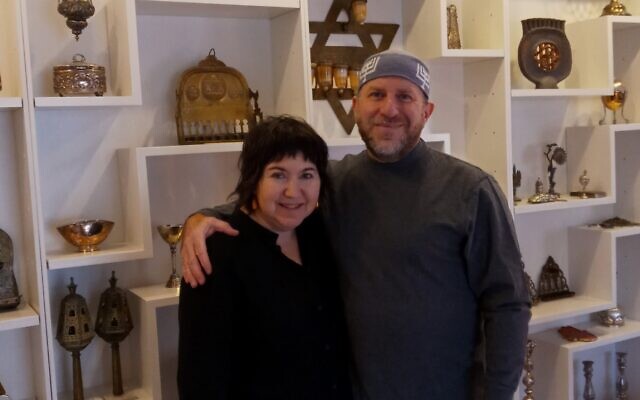
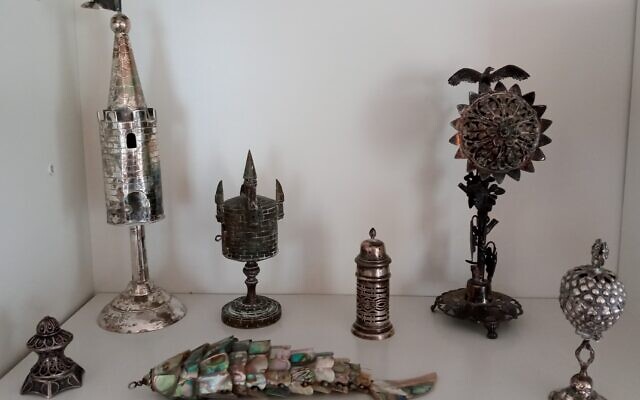
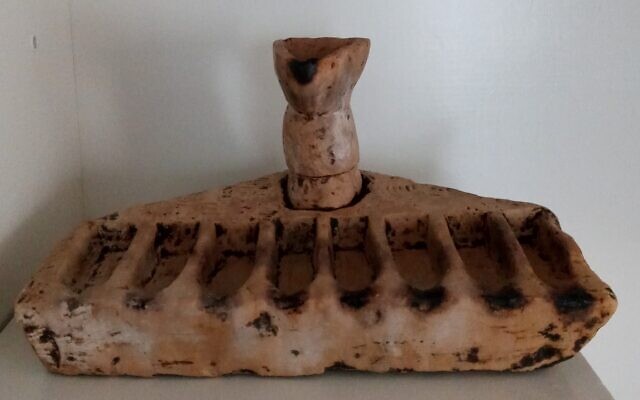
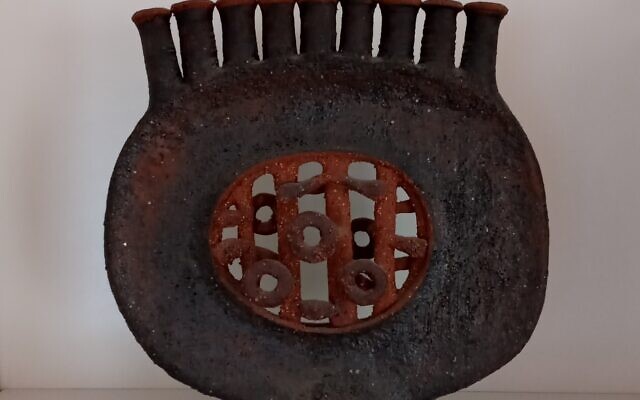
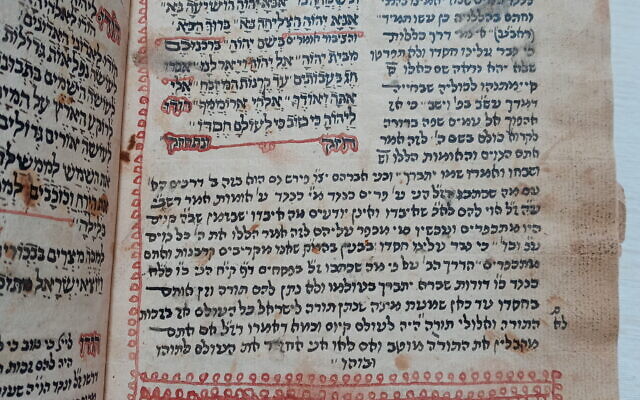
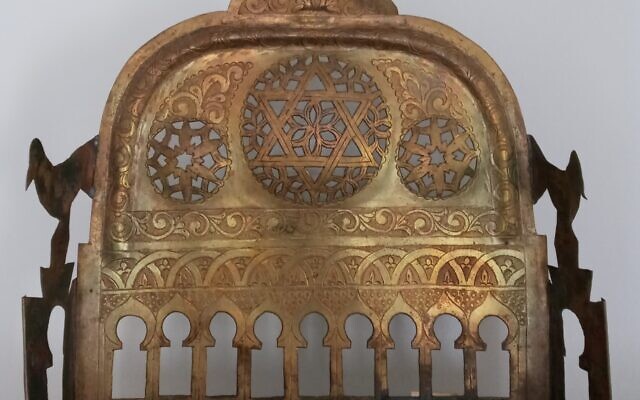
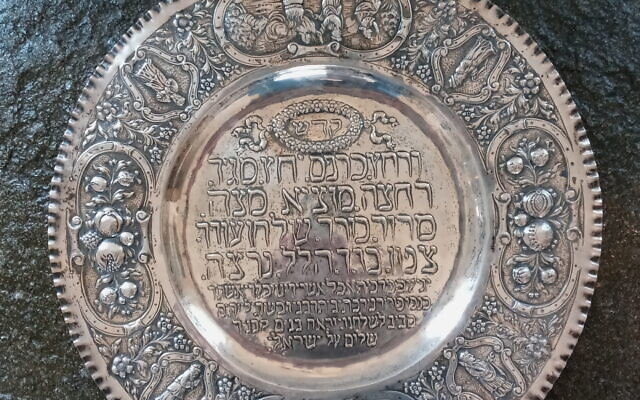
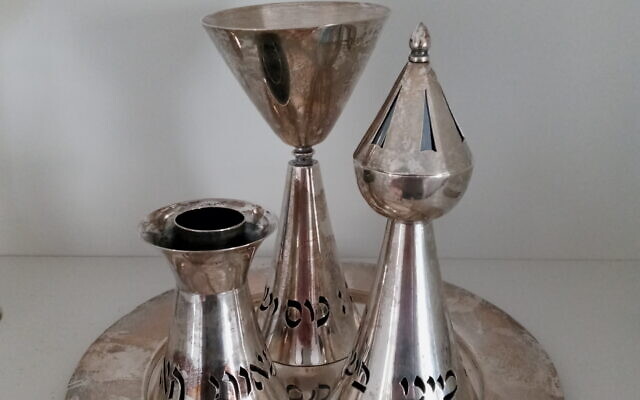
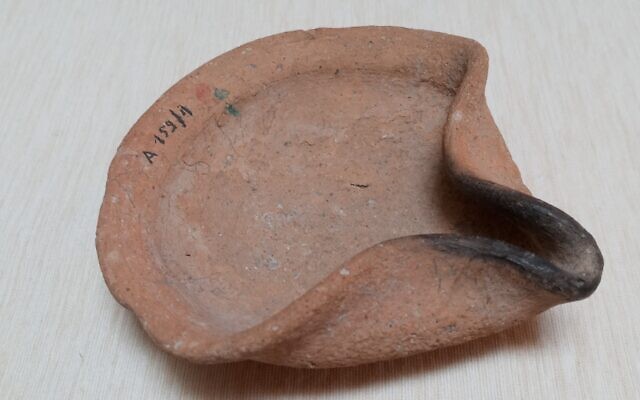
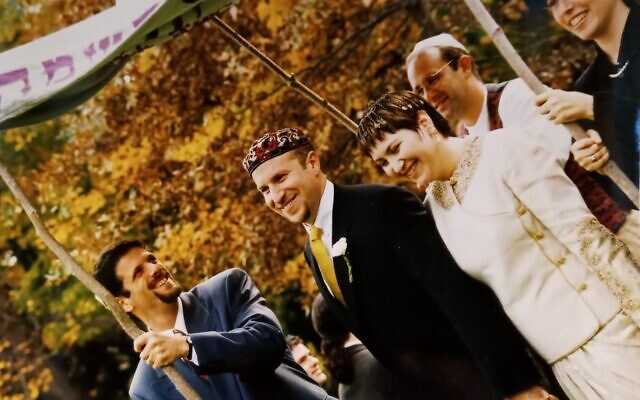
comments